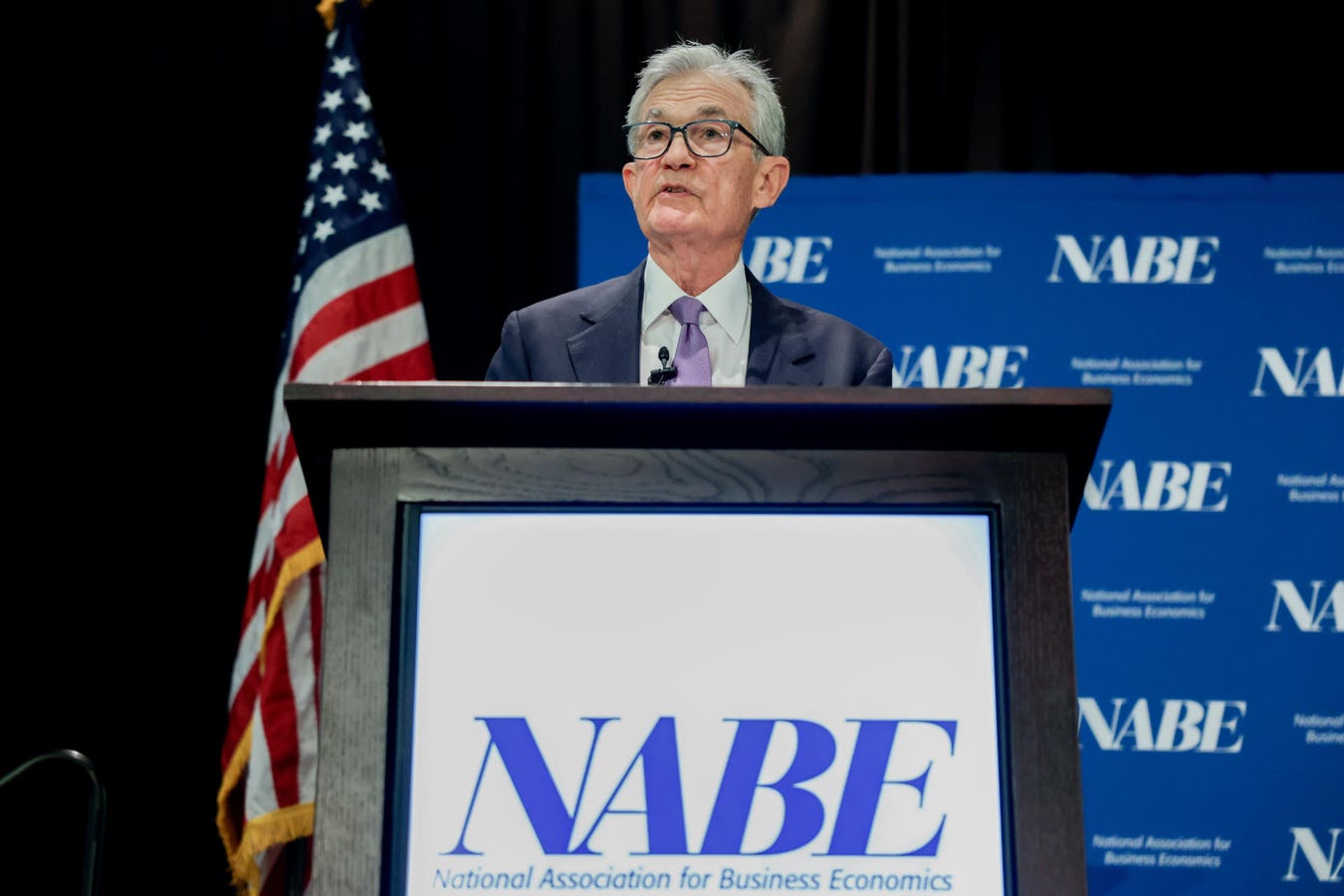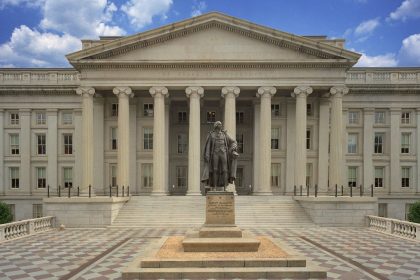We are approaching the blackout period ahead of the Fed’s upcoming meeting on 28-29 October, at which the Federal Open Market Committee is expected to cut interest rates according to fixed income markets. We have recently heard a number of speeches from Fed policymakers ahead of the pre-meeting limitation on public statements on monetary policy.
The overall message appears to be that economic growth remains robust, and perhaps a little more robust than at September’s meeting, but the jobs market seems to be softening. Those two statements are somewhat contradictory, so officials are monitoring the data closely. As Fed Governor Christopher Waller recently said, “So, something’s gotta give—either economic growth softens to match a soft labor market, or the labor market rebounds to match stronger economic growth.” Regarding inflation, it remains above target, but policymakers generally consider this to be the result of one-off tariff impacts.
The Government Shutdown’s Impact On Economic Data
Policymakers also generally mentioned that although the government shutdown has limited the release of official government statistics, they are able to interpret the economy through private data and the Fed’s own network of contacts.
Interest Rate Cut Expected
It appears highly likely that the FOMC cuts interest rates once again in October. However, the main question for markets is what that implies for medium-term monetary policy. It could be that cuts in September and potentially later in 2025, imply more of a short-term and tactical repositioning towards a more neutral policy. But, it could also mean the start of persistent rate reduction based on broader economic concerns that have yet to fully become apparent. For now, many policymakers are waiting to see how the economic data plays out.
Waller Supports Further Cuts
Fed Governor Christopher Waller said the following on October 16 generally supporting lower interest rates, “Based on what I know today, I support continued easing of monetary policy from its current setting, which I judge is moderately restricting aggregate demand and economic activity. But I also see a conflict right now between data showing solid growth in economic activity and data showing a softening labor market… Since we don’t know which way the data will break on this conflict, we need to move with care when adjusting the policy rate to ensure we don’t make a mistake that will be costly to correct. I believe that how that process plays out in the coming months will have a significant impact on the path of monetary policy.”
Other Policymakers Are Awaiting Data
On October 9, Fed Governor Michael Barr was less dovish than Waller noting the difficult position policymakers are currently in with both parts of the Fed’s dual mandate moving in potentially the wrong directions, “We are currently in a challenging position, because the risks to both sides of the FOMC’s mandate—employment and inflation—are elevated. I agree with Chair Powell’s succinct view that there is no risk-free path forward for monetary policy. While inflation has come down a great deal since 2021, it is still above our 2 percent target and is now rising. And although several data points indicate that the labor market may be roughly in balance, we also know there has been a sharp drop in job creation since May, which suggests risks to the labor market going forward. The most difficult circumstances for making monetary policy decisions are when both mandate variables are at risk.”
Fed Chair Powell presented a relatively balanced view at a speech on October 15, saying that, “Based on the data that we do have, it is fair to say that the outlook for employment and inflation does not appear to have changed much since our September meeting four weeks ago. Data available prior to the shutdown, however, show that growth in economic activity may be on a somewhat firmer trajectory than expected.” Powell also noted that, “Rising downside risks to employment have shifted our assessment of the balance of risks. As a result, we judged it appropriate to take another step toward a more neutral policy stance at our September meeting. There is no risk-free path for policy as we navigate the tension between our employment and inflation goals.”
Fed Vice Chair Phillip Jefferson expressed a similar view at an earlier speech on October 3, saying, “Trends across several data series indicate that the labor market is softening, which suggests that, left unsupported, it could experience stress. To balance the risk of persistent above-target inflation and the risk of a deteriorating labor market, I supported a 25 basis point cut in our target range at the last FOMC meeting. This change moved our policy rate closer to a more neutral stance while maintaining a balanced approach to promoting our dual-mandate objectives.”
What To Expect
It appears likely that the FOMC cuts rates on October 29 based on the expectations of fixed income markets and policymakers’ own forecasts from September. However, once again there may be dissent as recent Trump appointee Stephen Miran perhaps pushes for fundamentally lower rates, and as policymakers struggle with both inflation and jobs potentially trending off-target and maybe requiring potentially different policy responses.
The fundamental question may be whether a potential October rate cut, should it occur, is a smaller adjustment removing the restrictive policy needed to manage elevated inflation recently, or the start of a deeper set of cuts to address what could be a weakening U.S. economy.
Read the full article here
















